Web3: The Future of the Internet
1. Introduction to Web3
Web3, also known as the decentralized web, is the next evolution of the internet. It is built on the foundations of blockchain technology and aims to create a more open, transparent, and user-centric internet experience. Unlike the traditional web, where data and control are centralized in the hands of few corporations, Web3 empowers individuals and allows them to have greater control over their own data and digital assets.
2. Understanding Decentralization
Decentralization is the key principle behind Web3. In the traditional web, centralized servers and intermediaries are responsible for storing and managing user data. Web3, on the other hand, relies on blockchain technology to distribute and store data across a network of computers, making it more resilient to censorship, hacking, and data breaches. This distributed nature of Web3 ensures greater privacy, security, and transparency for users.
3. The Role of Blockchain in Web3
Blockchain technology plays a crucial role in the development of Web3. It acts as a decentralized ledger that records all transactions and interactions on the network. Smart contracts, which are self-executing contracts with predefined rules, enable the automation of processes in Web3 applications. This not only eliminates the need for intermediaries but also ensures trust and immutability.
4. Web3 and the Internet of Things (IoT)
Web3 and the Internet of Things (IoT) are closely interconnected. By combining blockchain technology with IoT devices, Web3 enables secure and frictionless communication between devices while ensuring data integrity and privacy. Smart homes, autonomous vehicles, and industrial systems can leverage Web3 to create decentralized networks that are more efficient, scalable, and secure.
5. The Impact of Web3 on Industries
Web3 has the potential to disrupt various industries by transforming the way we interact, transact, and share information. The financial sector can benefit from decentralized finance (DeFi) applications, which provide open and inclusive financial services. Healthcare can leverage Web3 to secure patient data and facilitate interoperability between healthcare providers. Education can become more accessible and affordable through Web3-powered platforms. These are just a few examples of how Web3 can revolutionize industries.
6. Challenges and Future of Web3
While Web3 holds great promise, it also presents several challenges. Scalability, energy consumption, regulatory frameworks, and user adoption are some of the hurdles that need to be addressed. However, ongoing research and development efforts are continuously improving the scalability and energy efficiency of blockchain networks. Governments and regulatory bodies are also becoming more aware of the potential of Web3 and are exploring ways to embrace and regulate it.
7. Conclusion
Web3 represents a paradigm shift in the way we use and perceive the internet. By placing control back into the hands of individuals and leveraging blockchain technology, Web3 empowers users, enhances privacy and security, and enables new possibilities for innovation and collaboration. It is an exciting and transformative journey that holds immense potential for the future of the internet.
Related Questions:
- How does Web3 ensure data privacy and security?
- What are the potential applications of Web3 in finance?
- What challenges does Web3 face in terms of scalability?
- How can governments regulate Web3 without stifling innovation?



